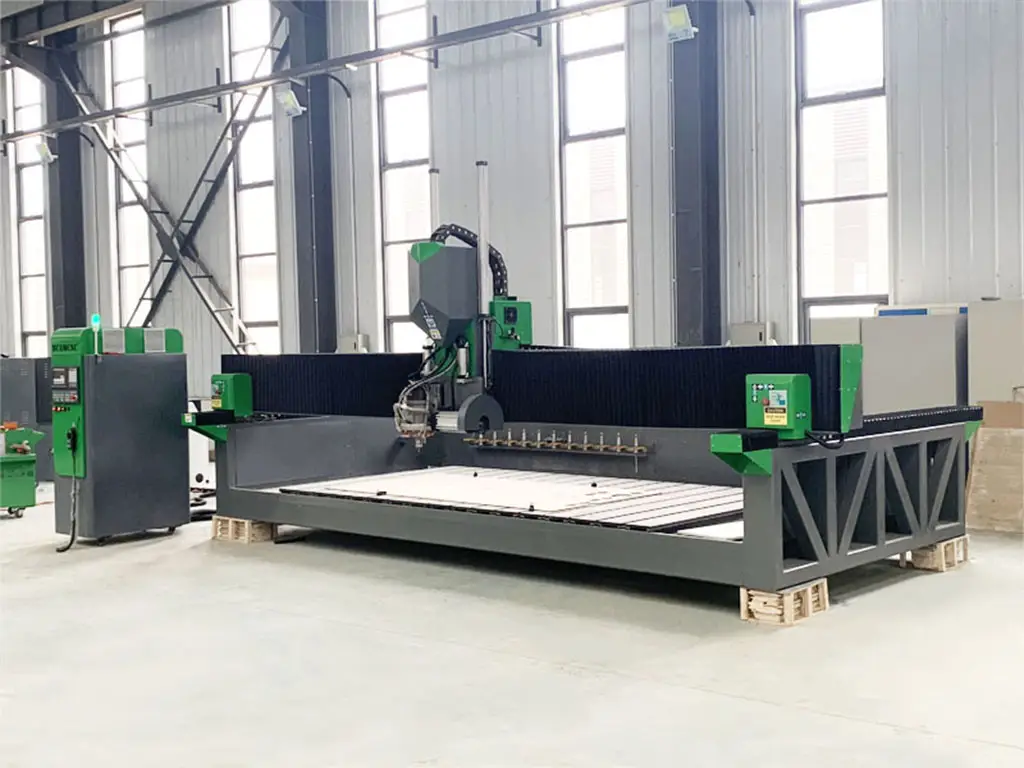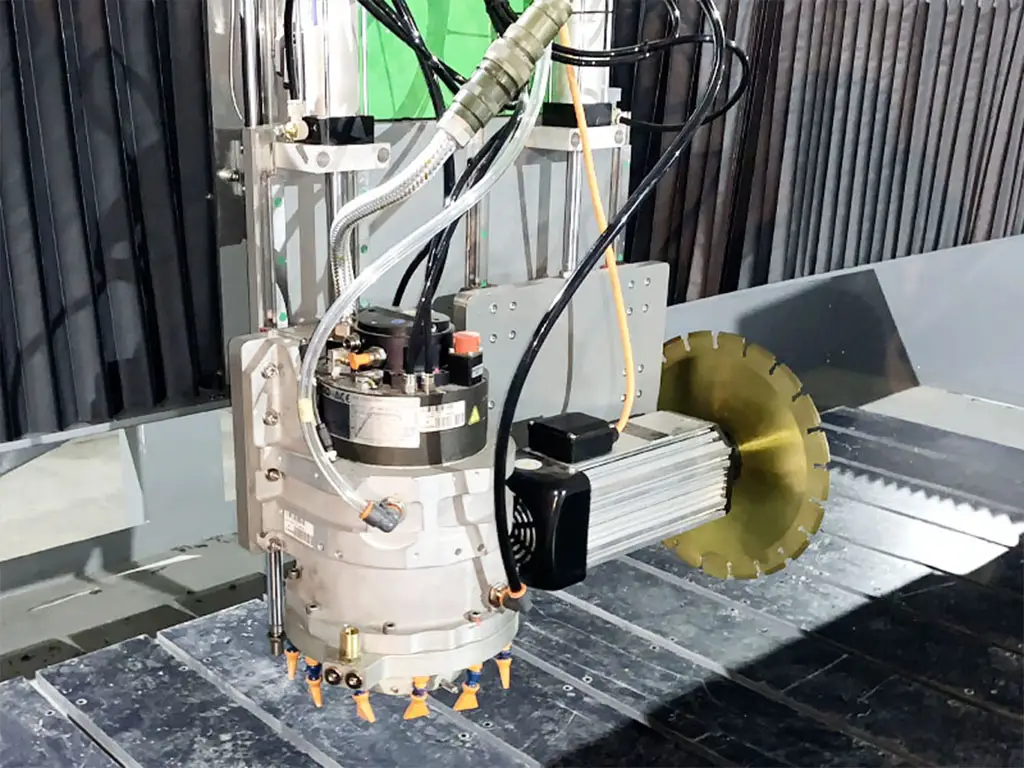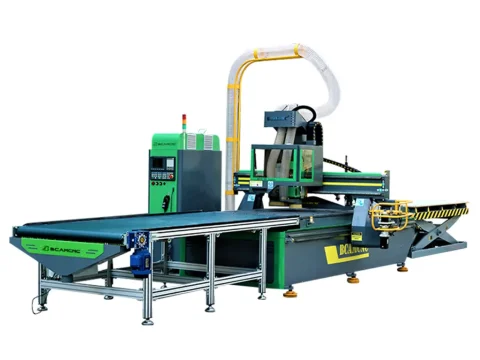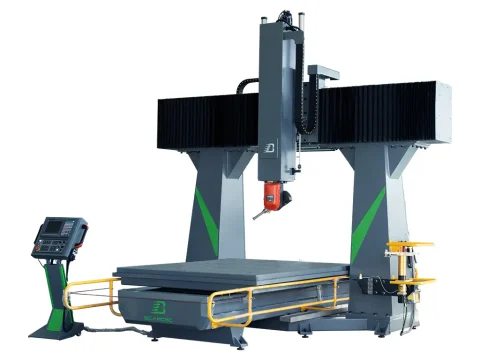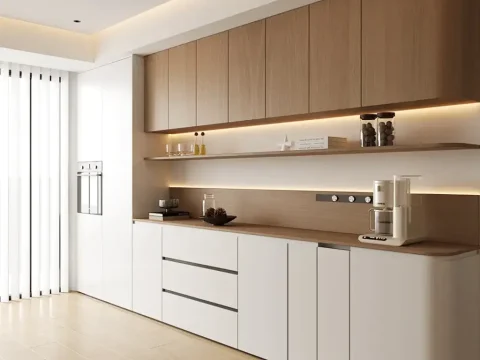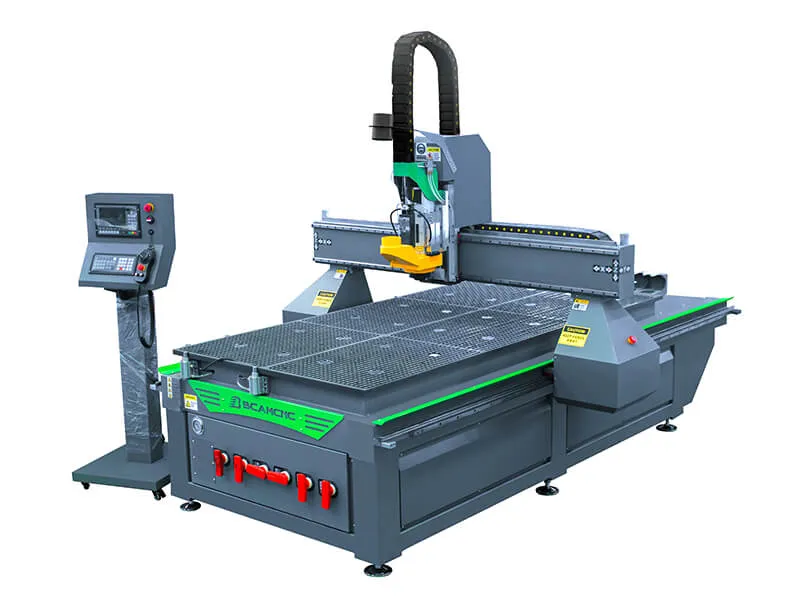5 Axis Stone Bridge Cutting Machines: Revolutionizing the Stone Industry
The stone industry has seen remarkable technological advancements in recent years, and among the most transformative innovations is the introduction of 5 axis stone bridge cutting machines. These sophisticated machines enable stone manufacturers to achieve unparalleled precision, efficiency, and versatility in shaping, carving, and finishing natural and engineered stone. From large-scale architectural projects to intricate artistic designs, five-axis bridge cutting machines are redefining how stone is processed and applied across industries. This article explores their applications, advantages, and impact on modern stone fabrication.
Introduction to Five-Axis Stone Bridge Cutting Technology
5 Axis stone bridge cutting machine is designed to manipulate the cutting tool along five separate axes simultaneously: X, Y, Z, and two rotational axes, often labeled A and B. This capability allows the cutting head to approach the stone from virtually any angle, creating complex geometries and precise contours that are impossible with traditional three-axis machines.
Unlike conventional stone cutting methods, which often rely on manual labor or simpler CNC machines, five-axis bridge cutters combine computer-aided design (CAD) with advanced computer numerical control (CNC) technology. This integration ensures consistent accuracy, reduces material waste, and dramatically shortens production times.
Why the Stone Industry Adopts Five-Axis Bridge Cutting Machines
- Precision and Accuracy: 5 Axis movement allows for highly accurate cuts and contours, essential for both structural and decorative stone applications.
- Complex Geometries: The ability to rotate the cutting head enables manufacturers to produce intricate carvings, curved surfaces, and detailed inlays.
- Efficiency and Speed: Automated cutting reduces manual labor and increases throughput, allowing manufacturers to complete projects faster without compromising quality.
- Material Versatility: Five-axis machines handle a wide range of stones, including granite, marble, quartz, limestone, and engineered stone.
- Consistency and Reproducibility: CNC programming ensures that every piece meets exact specifications, ideal for large-scale projects requiring uniformity.
Applications in Architectural Projects
5 Axis stone bridge cutting machines are extensively used in architecture and construction due to their ability to handle large panels and complex designs:
- Cladding and Facades: Accurate cutting and contouring of stone panels for building exteriors, ensuring seamless fits and visually appealing results.
- Staircases and Steps: Precision carving of treads, risers, and balustrades, including curved or irregular shapes.
- Columns and Pillars: Creating decorative or structural columns with intricate patterns and consistent dimensions.
- Countertops and Flooring: High-precision cuts for kitchen countertops, bathroom vanities, and stone flooring, ensuring perfect edge alignment.
The technology allows architects and designers to realize ambitious visions without compromising on accuracy or finish quality.
Applications in Monument and Sculpture Fabrication
Artists and monument manufacturers benefit from the five-axis bridge cutting machine’s ability to produce detailed and complex forms:
- Memorials and Gravestones: Precision engraving and shaping of text, images, and motifs.
- Sculptures and Art Installations: Ability to cut intricate curves, reliefs, and three-dimensional forms.
- Custom Decorative Elements: Ornamental pieces for public spaces, hotels, and cultural sites.
Automation enables consistent replication of design elements, while the five-axis capability accommodates challenging angles and complex surfaces.
Industrial and Custom Stone Components
In industrial applications, five-axis machines contribute to producing custom stone components efficiently:
- Machined Stone Parts: Components for machinery, architectural molds, or engineered stone products.
- Precision Holes and Grooves: Drilling, milling, and slotting with exact tolerances.
- Edge Profiling and Beveling: Smooth, decorative edges for countertops, panels, and furniture components.
By automating these tasks, manufacturers can increase production capacity while maintaining the high quality demanded by industrial clients.
Advantages Over Traditional Stone Cutting Methods
- Higher Precision: Manual cutting and three-axis machines cannot achieve the complex angles and contours possible with five-axis systems.
- Reduced Material Waste: Accurate programming ensures minimal offcuts and optimized stone utilization.
- Faster Production: Automated, multi-axis cutting shortens project timelines and improves output.
- Complex Design Capabilities: Intricate carvings, reliefs, and sculptural elements are feasible with minimal manual intervention.
- Lower Labor Costs: Automation reduces dependency on skilled labor for repetitive or complex tasks.
Integration with CAD/CAM and Automation
5 Axis stone bridge cutting machines are fully compatible with modern CAD/CAM software, allowing designers to translate digital models directly into CNC code. Key integration features include:
- Automated Material Loading: Reduces manual handling and speeds up workflow.
- Nesting and Layout Optimization: Efficient arrangement of cuts to maximize material use.
- Robotic Assistance: Automated movement of finished pieces to storage or finishing stations.
- Real-Time Monitoring: Sensors and software track cutting progress, tool wear, and performance.
This integration creates a fully automated stone processing line, enhancing productivity and ensuring consistent results.
Material Considerations and Cutting Capabilities
5 Axis stone bridge machines handle a wide variety of materials, each with specific cutting requirements:
- Granite: Hard, durable, suitable for countertops and exterior cladding.
- Marble: Softer, ideal for decorative and artistic applications.
- Quartz and Engineered Stone: High precision for modern surfaces and flooring.
- Limestone and Sandstone: Excellent for architectural details and monuments.
Cutting speed, spindle power, and tool selection are crucial factors that influence efficiency and surface finish quality.
Case Study: Large-Scale Architectural Project
A luxury hotel project required over 500 custom stone panels with complex curves and precise edge profiles. Traditional methods would have been labor-intensive, time-consuming, and prone to errors. Using a five-axis stone bridge cutting machine with CAD/CAM integration:
- Production time reduced by 50%
- Material utilization improved by 25%
- Consistency achieved across all panels
- Labor costs reduced by 40%
The project was completed on schedule with flawless quality, demonstrating the transformative impact of five-axis technology on large-scale stone fabrication.
Environmental and Safety Benefits
5 Axis stone bridge cutting machines provide environmental and workplace advantages:
- Reduced Waste: Accurate cutting minimizes scrap stone.
- Water and Dust Management: Modern machines include dust extraction and water cooling systems, keeping the workplace clean.
- Safer Operation: Automated cutting reduces manual handling and exposure to sharp tools.
- Energy Efficiency: CNC machines consume less energy than multiple manual processes, contributing to sustainable production.
Future Trends in Stone Fabrication
The stone industry continues to evolve with technological advancements:
- Higher-Speed Spindles: Faster cutting and smoother finishes.
- Hybrid Machines: Combining water jet, CNC milling, and five-axis cutting for multi-material projects.
- Robotic Finishing: Integration of polishing and texturing robots for a fully automated production line.
- AI and Machine Learning: Optimized cutting paths, predictive maintenance, and real-time error correction.
These trends indicate that five-axis bridge cutting machines will remain at the forefront of modern stone fabrication.
Conclusion
BCAMCNC 5 Axis stone bridge cutting machines have revolutionized the stone industry by enabling precision, efficiency, and versatility previously unattainable with traditional methods. From architectural facades and staircases to monuments and industrial components, these machines support a wide range of applications with exceptional accuracy and speed. Integration with CAD/CAM software, automation, and advanced tooling further enhances productivity, reduces material waste, and lowers labor costs. For stone manufacturers aiming to stay competitive in a demanding market, investing in five-axis bridge cutting technology is a strategic decision that delivers both quality and efficiency.

